History of Landscape Photography
Landscape photography is the continuation of landscape painting with other technical aids. Since its beginnings, landscape photography has dealt with the image of nature and the human environment. Together with classical portrait photography, it is one of the first and essential genres of professional photography. Landscape photography also played a special role in the context of expeditions from the 19th and 20th centuries to the present day when it comes to capturing largely unknown or remote landscape motifs.
One of my favorite Photographers from the past
Ansel Adams worked almost exclusively as a landscape photographer. As a great technician of photography, he passed on his experience in teaching and in numerous publications. Between 1948 and 1950 he published the following volumes: “Camera and Lens”, “The Negative”, “The Print”. With these works, Ansel Adams presented a systematic teaching of classical photography.
The Tetons, Snake River was probably one of his most famous photographs. When I look at this picture, I am amazed and I am very fascinated by what the photographer saw and immortalized at that moment. The moment – the world, so untouched and in its supposed primal state, as the sunbeam breaks through the dark clouds and makes the river shimmer silvery. A wonderful bird’s eye view.
On the traces of the past
My journey in photos… https://leyladirim.com/my-journey-in-photos/
Some time ago I was on the way in the Aegean Sea, again I arrived here in this small fishing village. I like the peace and quiet here very much. I don’t really know its history, but when I am in this place, I seem to remember that today it is like hundreds of years ago. Am I wrong, or were there people living here peacefully together a very long time ago?
Not far from this beautiful place are the ruins of Erythrae, an ionic city.
Ildırı village Çeşme
The ruins of Ephesus are today located near Selçuk, about 70 km south of İzmir on the Turkish west coast (Aegean Sea). The Turkish name of the present excavation site is Efes.
Ephesos (ancient Greek Ἔφεσος, Hittite probably Apaša, Latin Ephesus), situated in the landscape of Ionia, was in antiquity one of the oldest, largest and most important cities of Asia Minor and housed with the temple of Artemis (Artemision) one of the Seven Wonders of the World.
Nowhere else the breath seems as fresh as in Ephesos.
Impressive ruins and stone relicts still give an idea of the splendor that unfolded here.
The rich city of the ancient world with marble streets, mighty porticoes, spacious representative buildings.
With the approval of the General Directorate of Museums and Antiquities of Turkey, the Austrian Archaeological Institute, in cooperation with the construction industry, rebuilt this monument between 1970 and 1978. Research and construction of the present have become a visible unity in this work of the past.
Yes, as you can see, the cat is exactly where it should be. Before I drove here, my daughter sent me an audio message asking me to please take a picture of the cat that will be lying in the shade in front of the library.
One way to shoot shortened scenes is to bring out details that the viewers may not have noticed while racing for their whole life. These types of shots often create impressive photographs as they easily capture the imagination of the viewer. Let’s look at some examples of how you can approach such detail shots.
Since 2015, Ephesus has been on the UNESCO World Cultural Heritage List
This monument paid homage to the emperor Hadrian.
In the 1950s, the Hadrian’s Temple was excavated and rebuilt shortly afterwards. During this reconstruction, a so-called anastylose (refers to the partial reconstruction of a ruined ancient building using its original, preserved components), the original still preserved components were used and only in exceptional cases new materials, such as concrete, were brought in. Today, the Hadrian’s Temple is one of the most famous monuments and most popular photo motifs of the ancient metropolis, along with the Celsus Library and the hillside houses.
Legends or real historical events?
Marcus Antonius and Cleopatra, two dazzling figures in ancient times. He, a Roman politician and commander. She, the Egyptian queen Cleopatra, who had followed her lover to Ephesus. But not only because of love. Cleopatra’s sister Arsinoe had taken refuge in the temple of Artemis. She sought asylum from the persecutions of her sister. Cleopatra felt threatened by her sister in her claim to power, so
Marcus Antonius had the king’s sister dragged from the temple. The right of asylum of the Artemis temple was ruthlessly disregarded, Arsinoe was murdered.
In the 1920s, archaeologists found a mysterious tomb in the middle of the center of Ephesus. Unusual because of its octagonal shape. In a sarcophagus they found a skeleton. They only recovered the skull, it was described in detail, but is still missing today.
In Ephesus it was the custom to bury the dead outside the city walls. Only five, particularly important personalities were given a burial place in the center of the city. These graves were clearly marked. 2000 years ago everyone knew who was buried here. Is this the grave of Arsinoe, Queen of Cyprus, sister of Cleopatra?
2015 yılından beri Efes UNESCO Dünya Kültür Mirası Listesinde
April, 2021
Web sitelerinde Efes’i şu şekilde tanımlıyorlar:
”Kaystros nehrinin eski haliçinde bulunan Efes, batıya çekilirken kıyı şeridini takip eden ve yeni yerlerde kurulan birbirini izleyen Helenistik ve Roma yerleşimlerinden oluşuyor. Kazılar, Celsus Kütüphanesi ve Büyük Tiyatro da dahil olmak üzere Roma İmparatorluğunun büyük anıtlarını gün ışığına çıkardı. Akdenizin dört bir yanından hacıları cezbeden “Dünyanın Yedi Harikası”ndan biri olan ünlü Artemis Tapınağının küçük kalıntıları. Efes ten yedi kilometre uzaklıktaki kubbe şeklindeki haç biçiminde bir şapel olan Meryem Ana Evi, 5. yüzyılda önemli bir Hıristiyan hac bölgesi haline geldi. Efes Antik Kenti, deniz kanalı ve liman havzası ile Roma liman kentinin seçkin bir örneğidir”.
Ege denince akla gelen ilk turistik merkezlerden biri olan Efese gittik. Efes, Izmirin Selçuk ilcesinde bulunmaktadır. Efes, antik çağın en önemli liman kentiydi ve eşi görülmemiş bir boyuta ulaştı. Varlıklı vatandaşlar lüks evler inşa ettirdiler ve bir çok temsili binalar özel sponsorlar tarafından finanse edildi.
Kazı tarihi açısından dünyanın en eski kazı merkezlerinden biridir Efes ve Antik Kentinin yaklaşık 9 bin yıllık kesintisiz bir geçmişe sahip olduğu düşünülüyor.
Mart ayında bildiğimiz şartlar altında Dünya Tiyatro Gününü kutladık. Bu etkileyici açık hava müzesinde şu anda Büyük Tiyatro’nun tam önündeyiz. Kaç kişinin bir gösteri izlemek için toplandığını düşünürken, Efes’in 24 bin kişi ile antik çağın en büyük açık hava tiyatrolarından biri olduğuna inanmakta güçlük çekiyoruz.
Bizi doğrudan muhteşem binalardan birine götüren mermer yol boyunca yürüyoruz:
Celsus Kütüphanesi, Anadolu topraklarında hayat bulan tüm medeniyetlerin en değerli eserlerinden biridir. Türkiye Müzeler ve Eski Eserler Genel Müdürlüğü’nün onayı ile Avusturya Arkeoloji Enstitüsü, inşaat sektörüyle işbirliği içinde bu yapı 1970-1978 yılları arasında restore etti.
Celsus Kütüphanesinin inşasından yüzyıllar sonra, arkeologlar için adeta bir mihenk taşı haline geldi. Bir harabe tarlası açıldı ve parçalar, tam bir cephe oluşturmak için yapboz benzeri bir çabayla bir araya getirildi. Neredeyse tamamen orijinal parçalar kullanıldı.
Bu şehri çevreleyen sayısız ve çok sayıda anlatılmamış hikaye var. Arkeologların daha başka neleri ortaya çıkaracağını ve neye izleyebileceğimizi merakla bekliyoruz.
Leyla Dirim
Dünya Mirası Listesine nasıl girilir?
Dünya Mirası Listesine dahil edilebilmesi için, alanların üstün evrensel değere sahip olması ve 10 seçim kriterinden en az birini karşılaması gerekir.
Bu kriterler, sözleşme metnine ek olarak dünya mirası ile ilgili en önemli çalışma aracını temsil eden “Dünya Mirası Sözleşmesinin Uygulanmasına İlişkin Operasyonel Kılavuzlar” da açıklanmıştır. Kriterler, dünya mirası kavramının gelişimini yansıtmak için komite tarafından düzenli olarak gözden geçirilir.
Kaynak: whc.unesco.org/en/criteria/
Here the view from Sığacık to the bay of Teos at sunset.
The news of the last few days about the earthquake and the Tsunami in Turkey and Greece (on october 30, 2020), with a strength of 7 on the Richter scale, has saddened many people. Many people have lost their homes, and even worse, lost their lives. I hope all wounds will be healed soon.
A few days before this sad event I visited this small place, Sığacık, the bay of Teos, the small old town and Seferihisar.
I would like to share some pictures I have taken. While taking pictures I met some nice people. The young lady of the jewelry store, which she runs right next to the old fortress, told us that the older nice gentleman brings flowers every time when there is a wedding or a funeral in the small town. He wanted me to take a picture of him and asked me when I would come back. I photographed him and showed him the photo. I was a little irritated, because I didn’t know him. But the young lady gave me a friendly nod and I understood. I told him that I would come back next year. His answer was, well, we’ll see if I’m still here then.
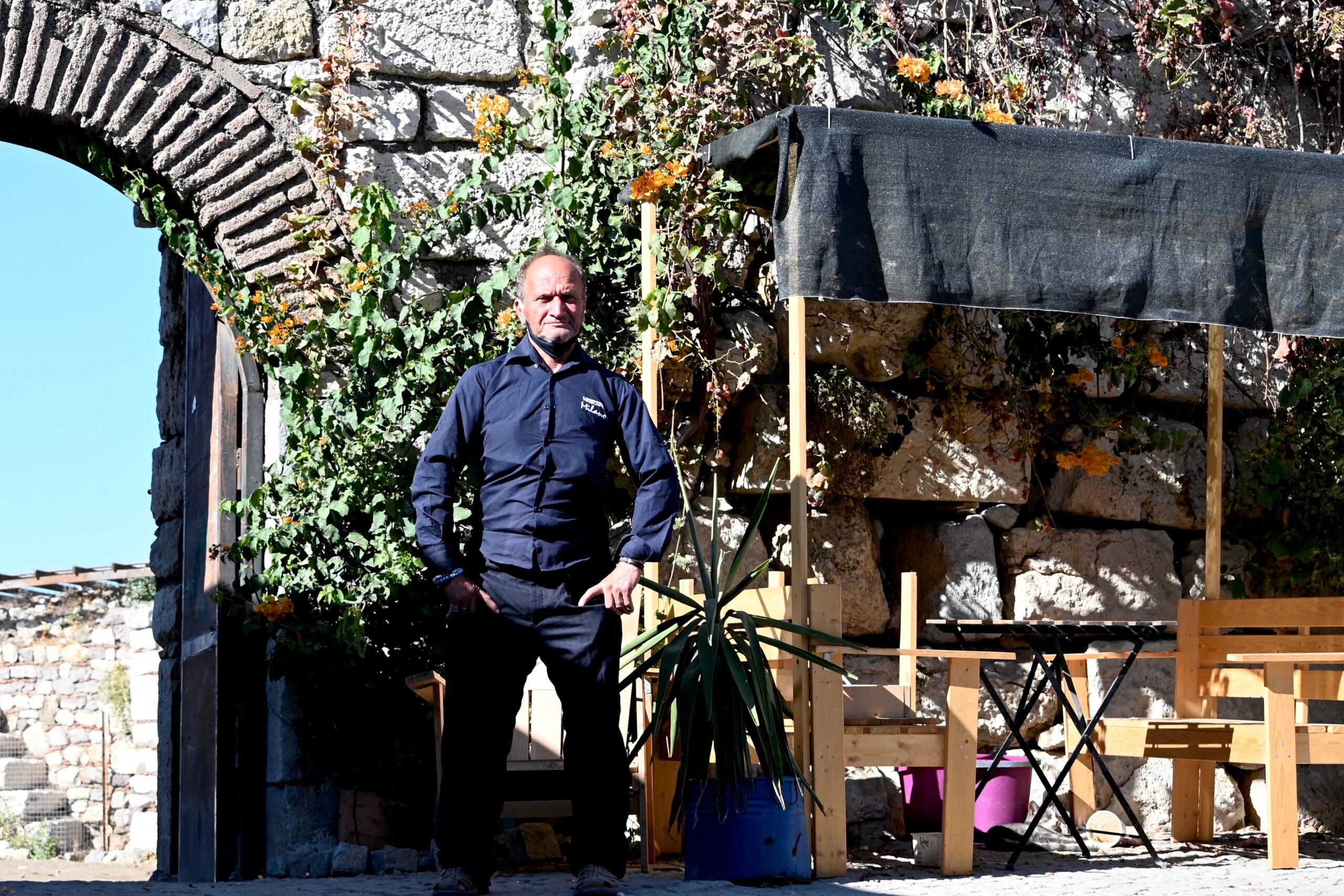
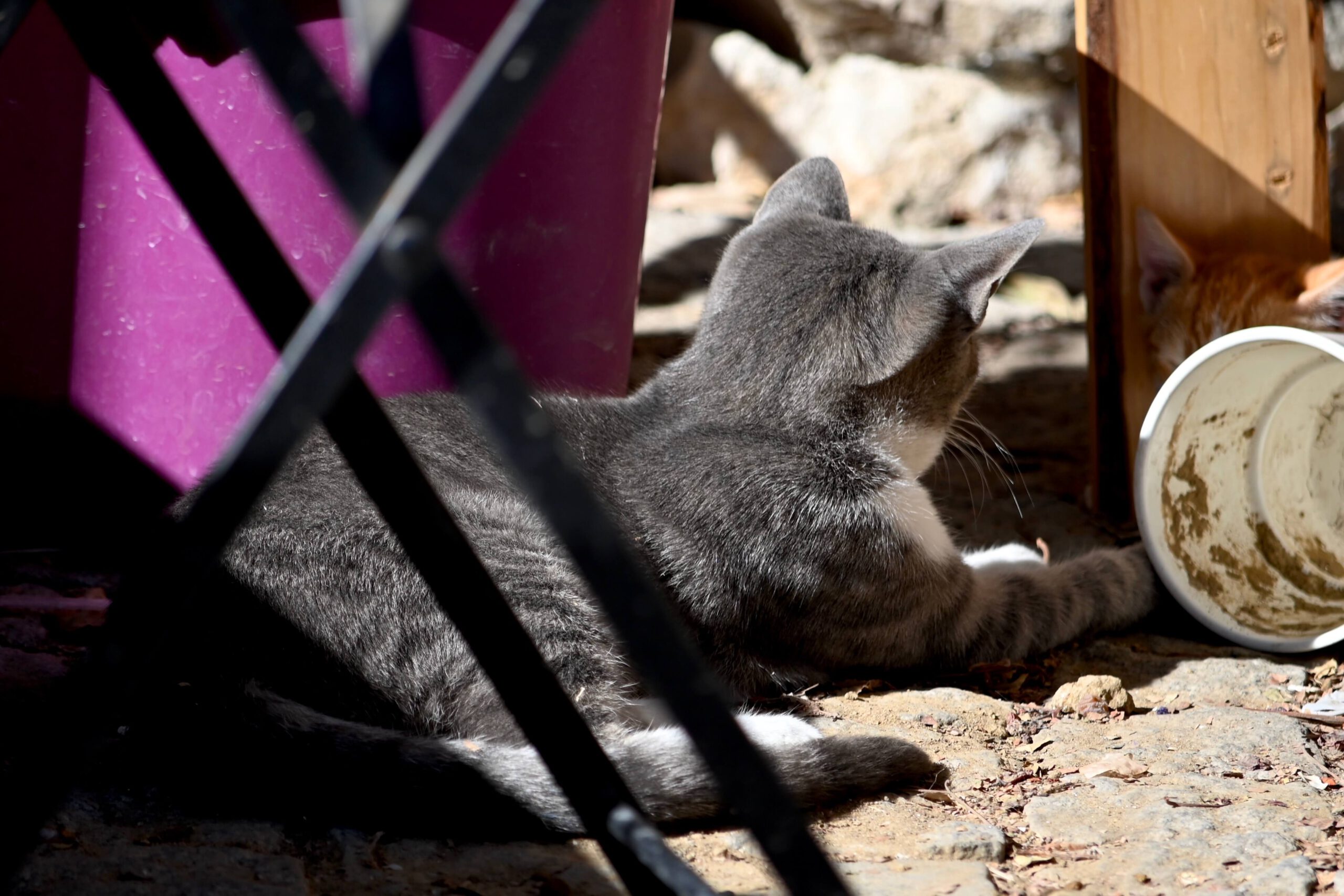
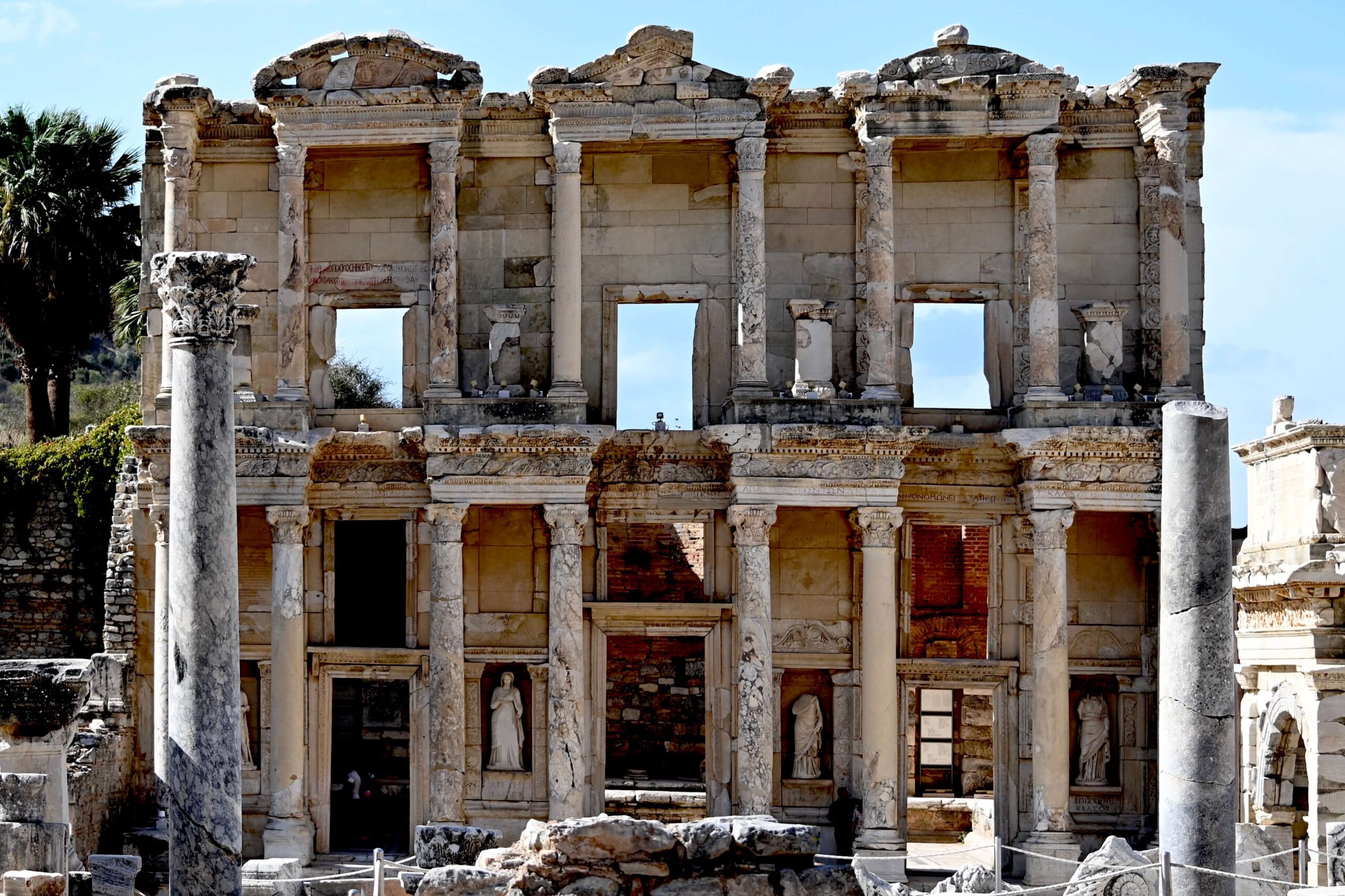
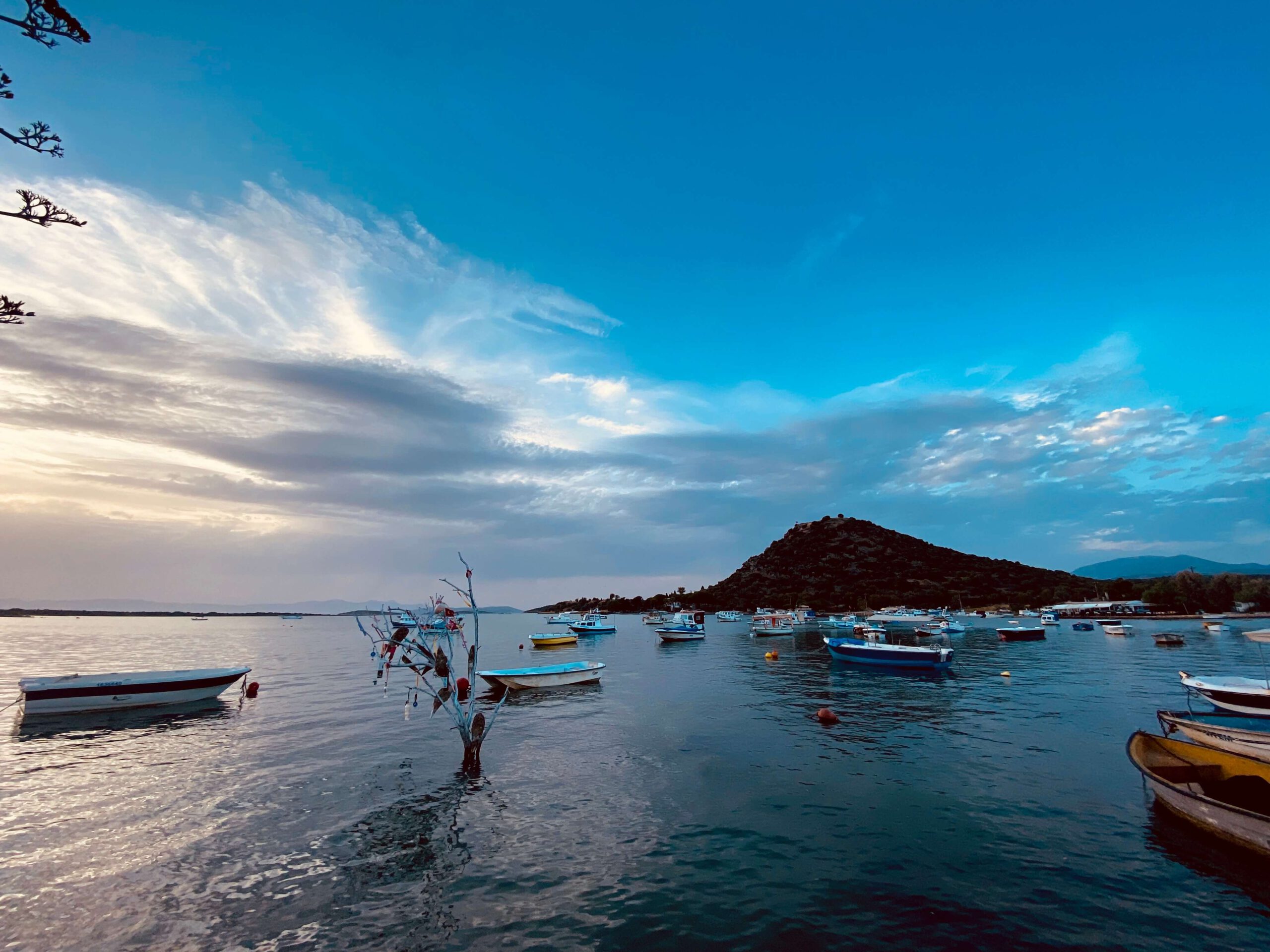
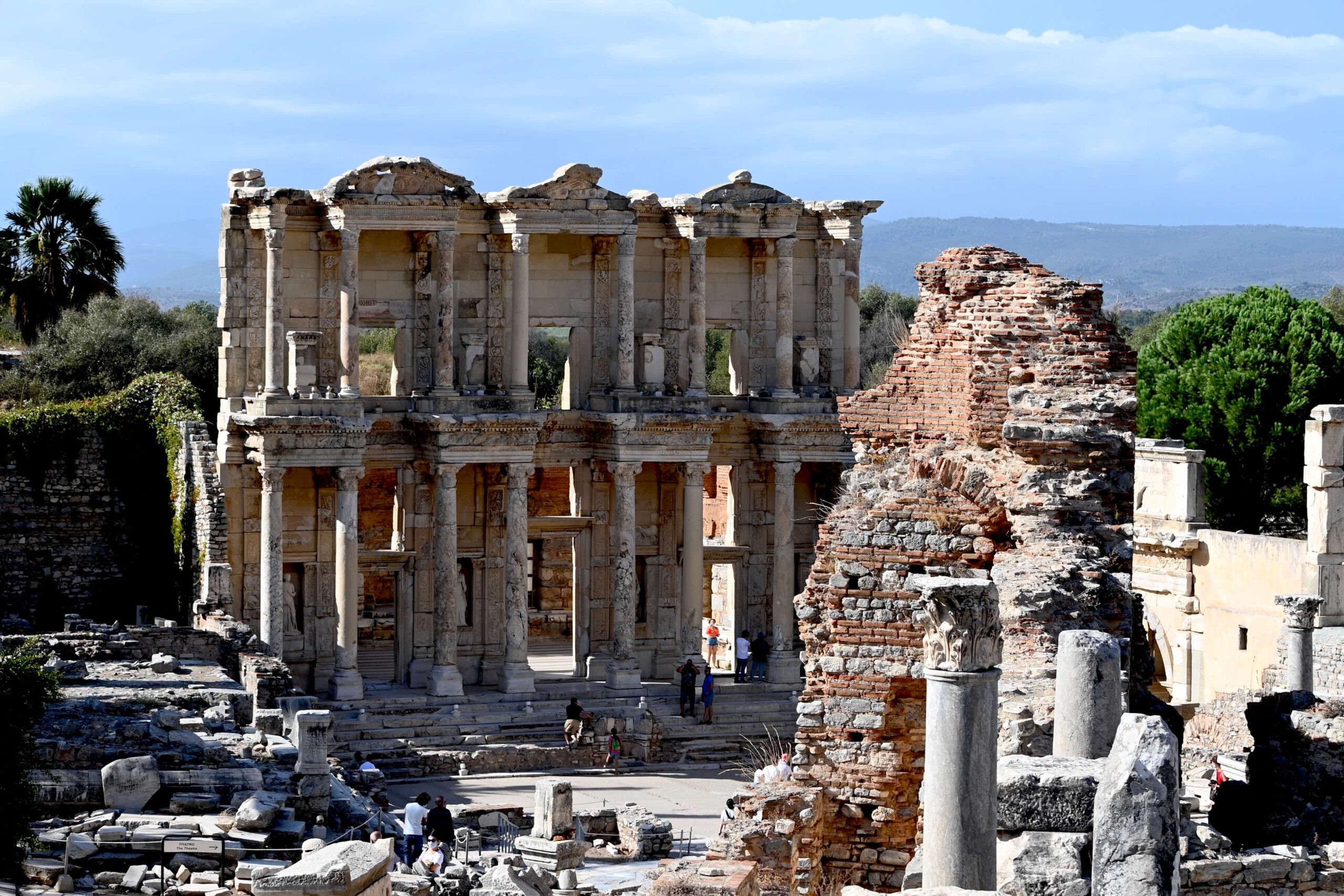
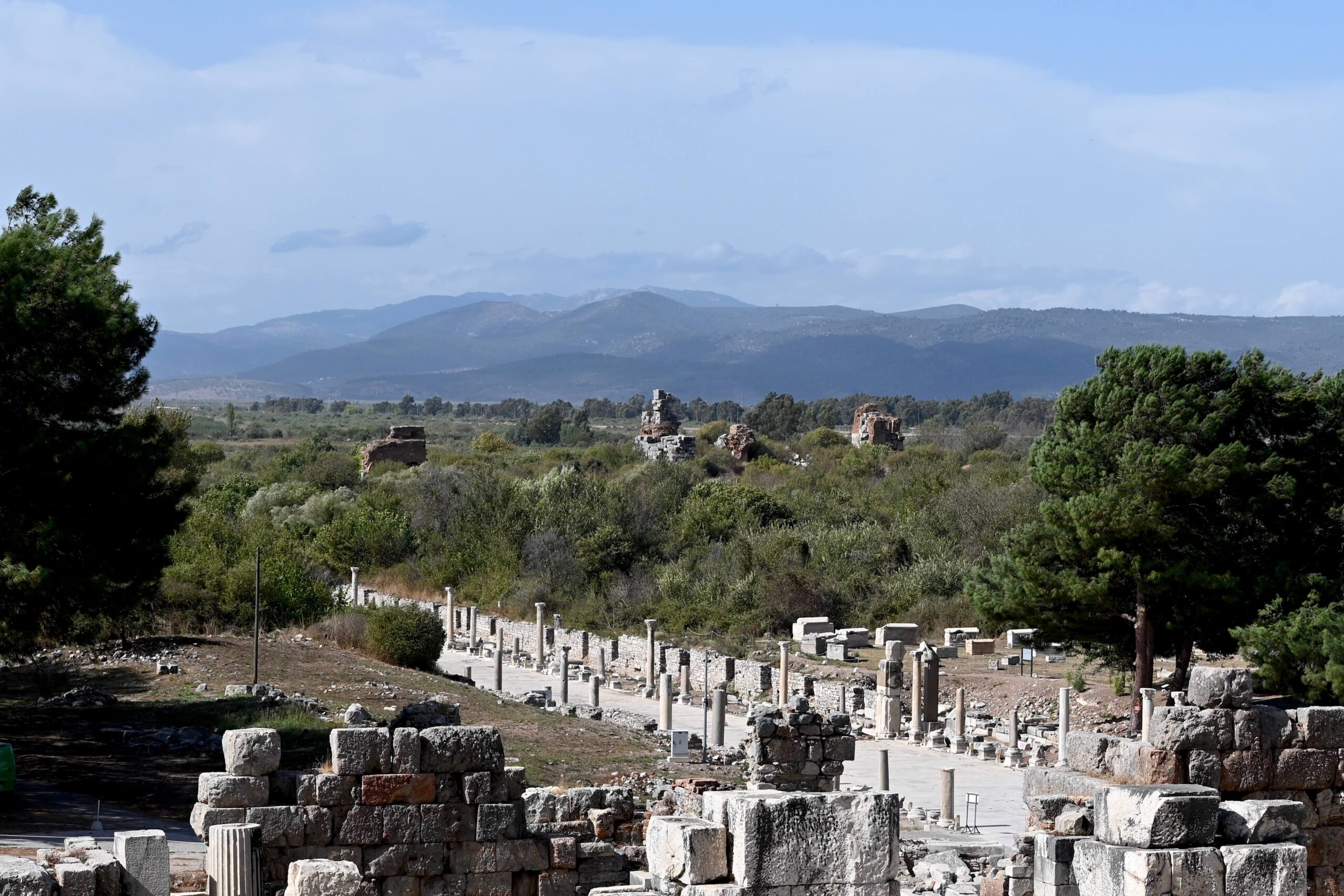
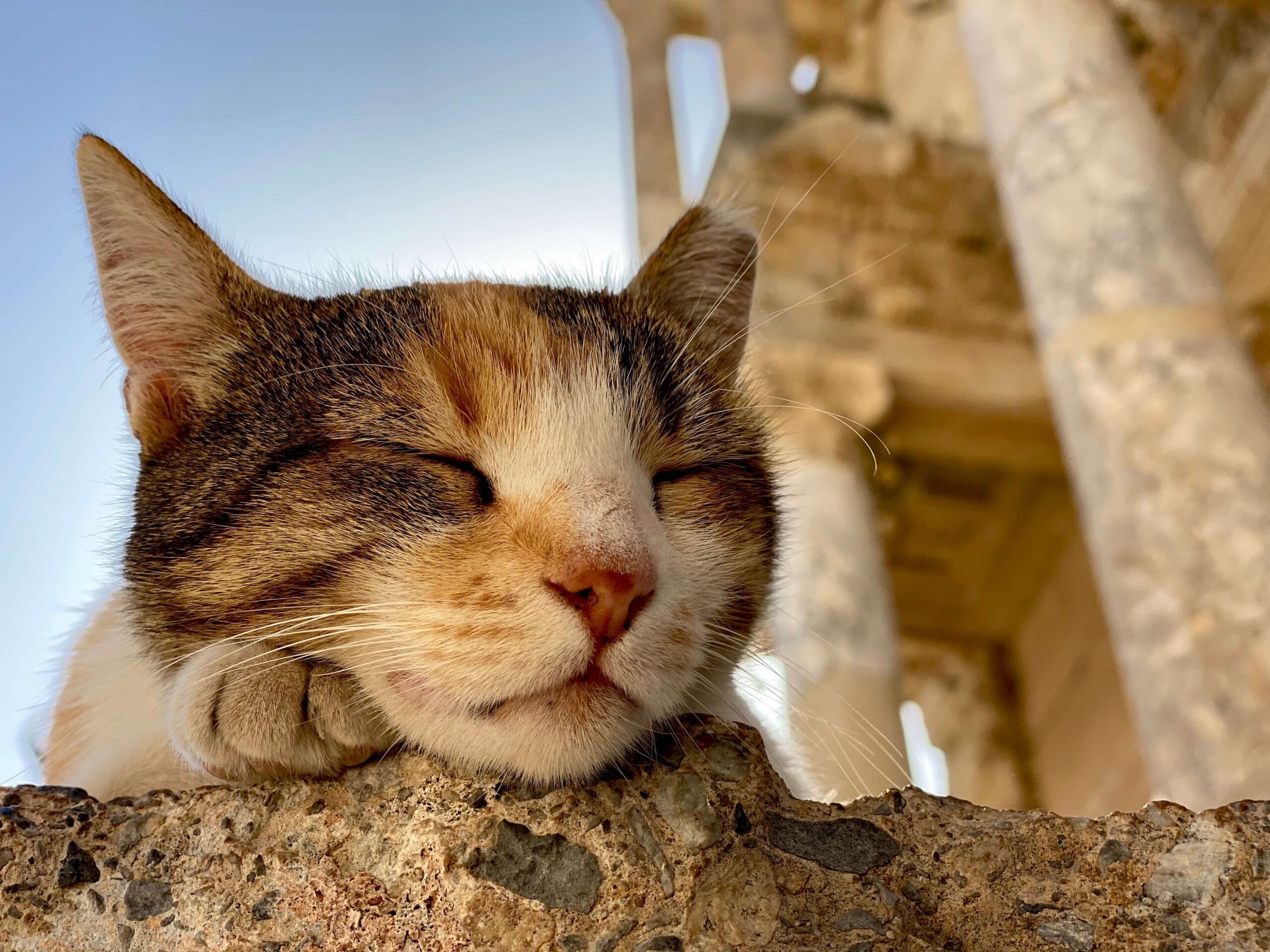
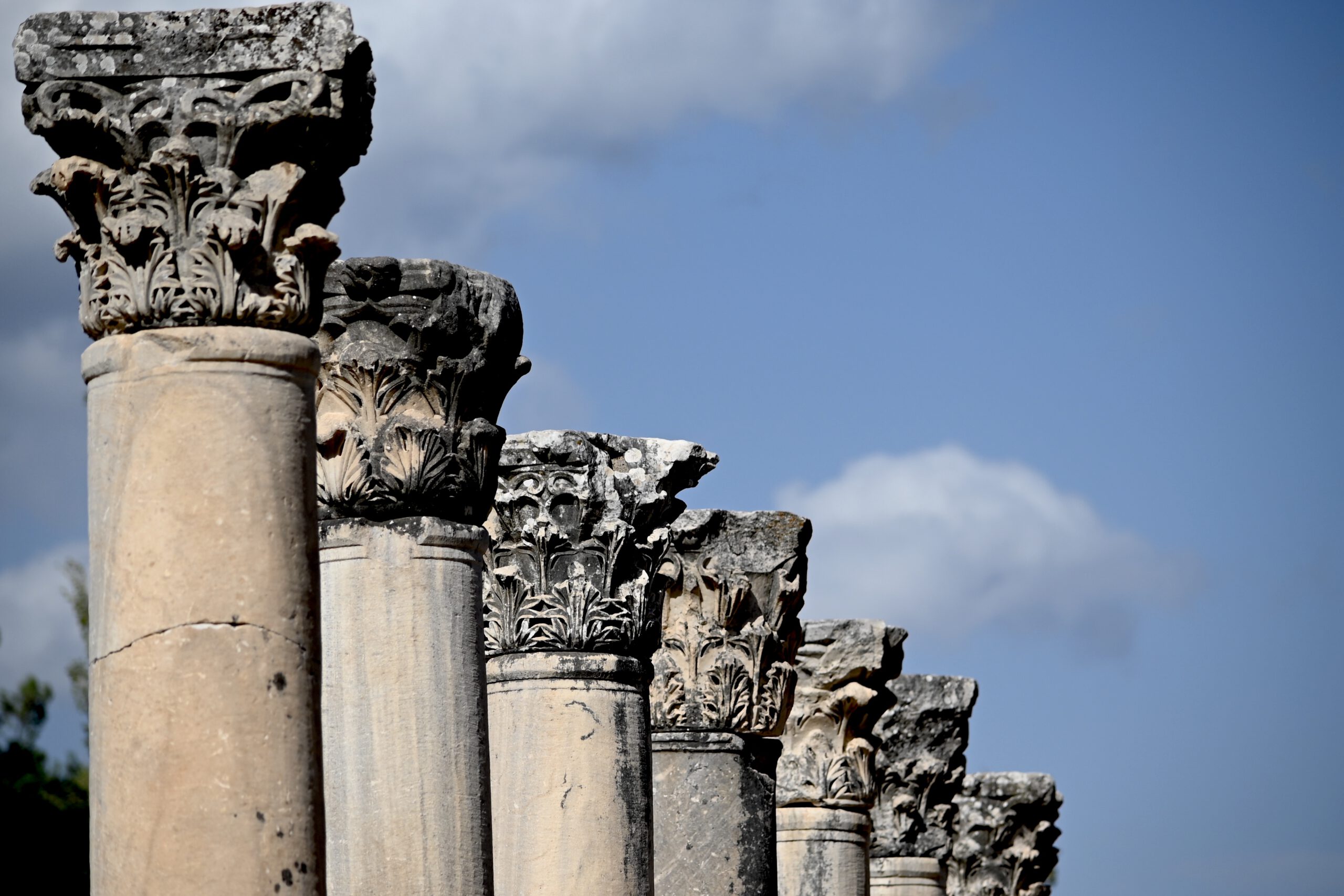
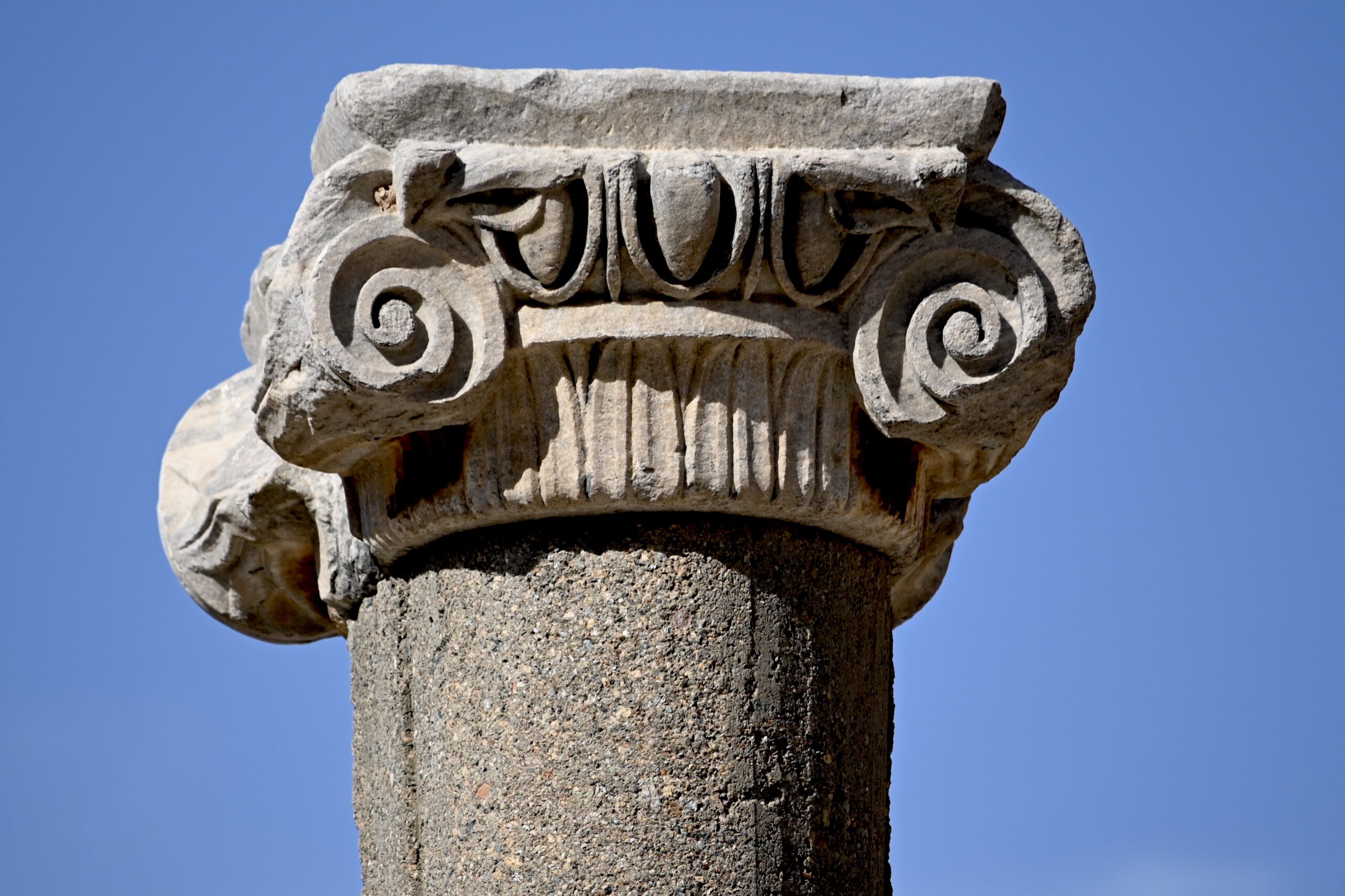
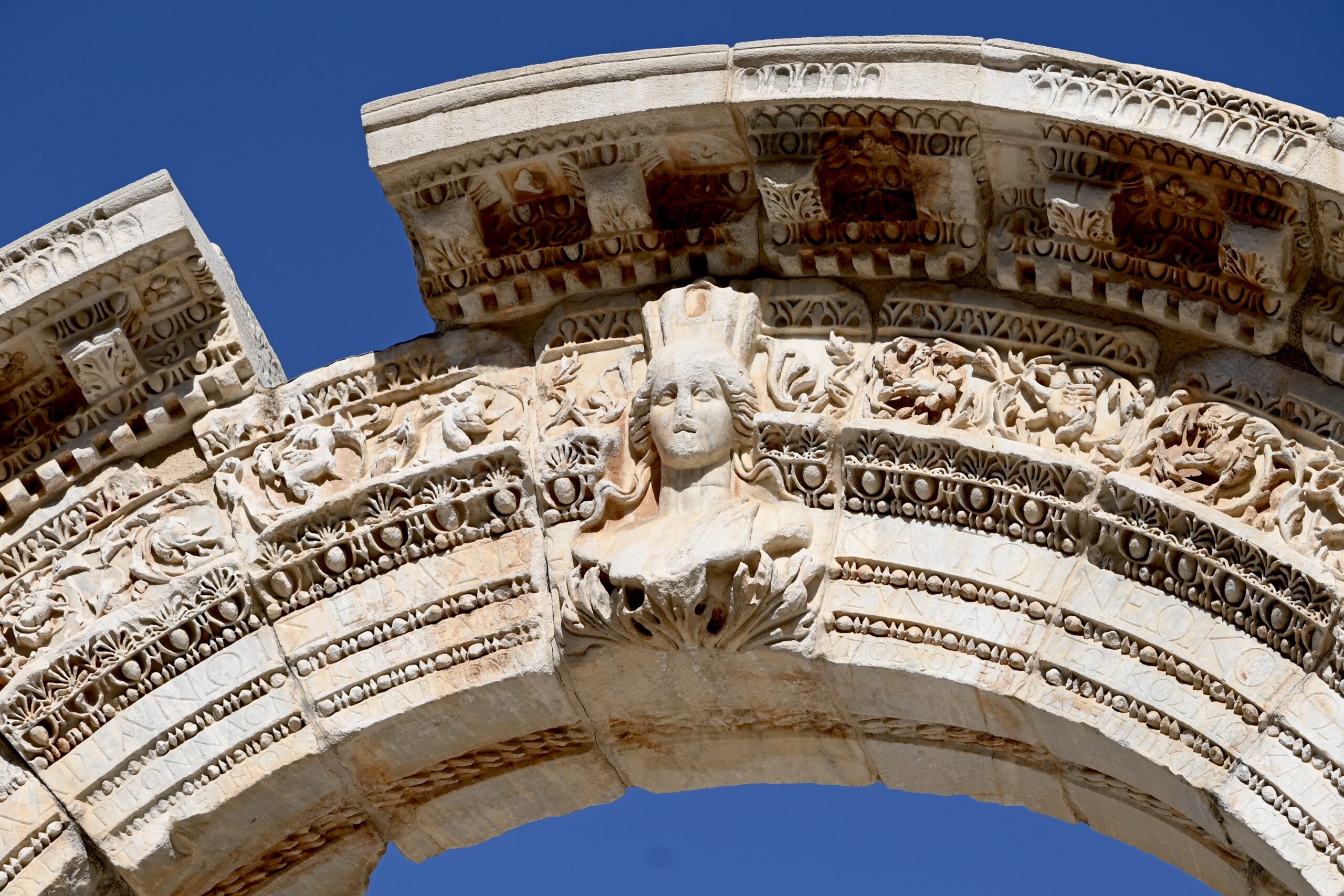
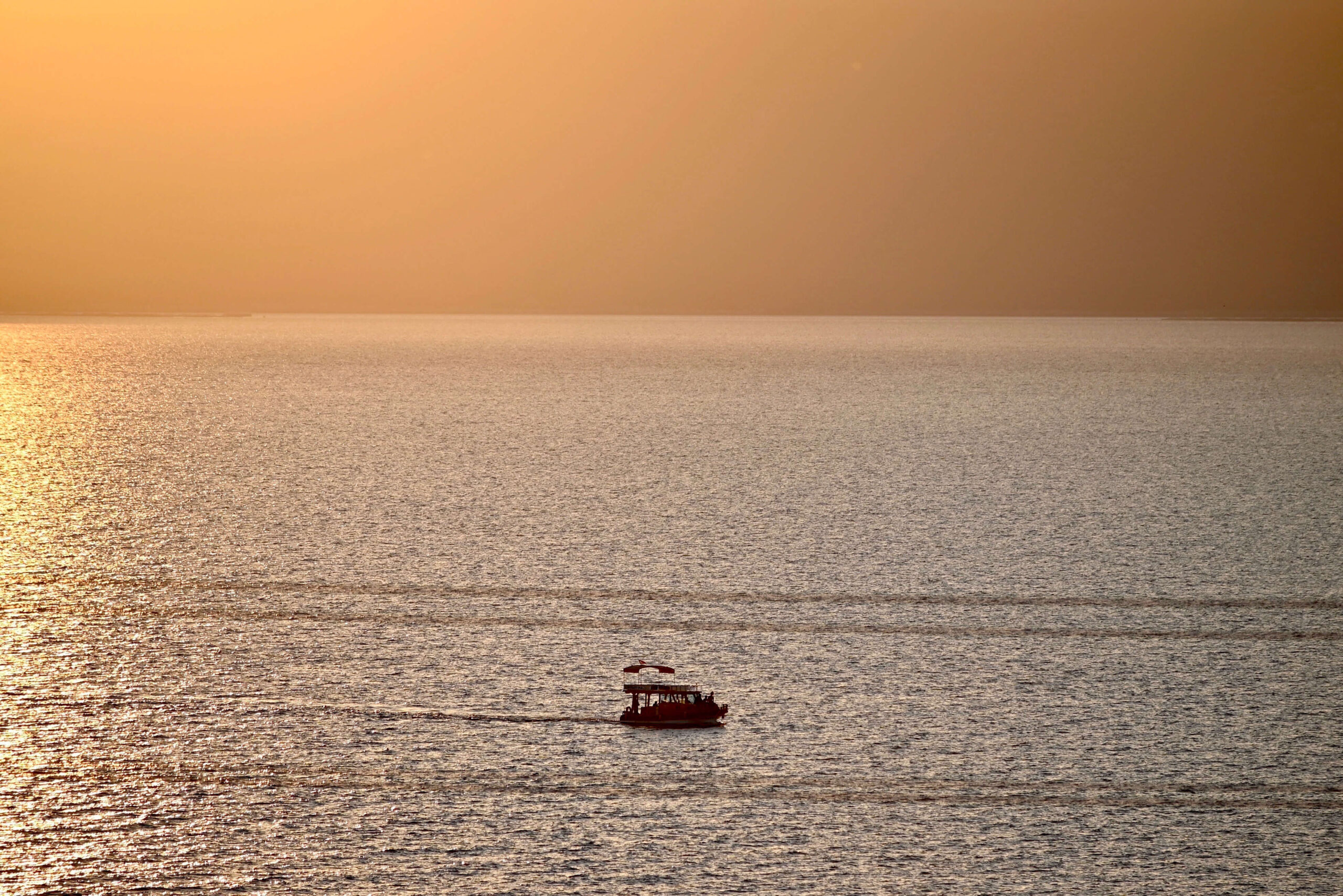
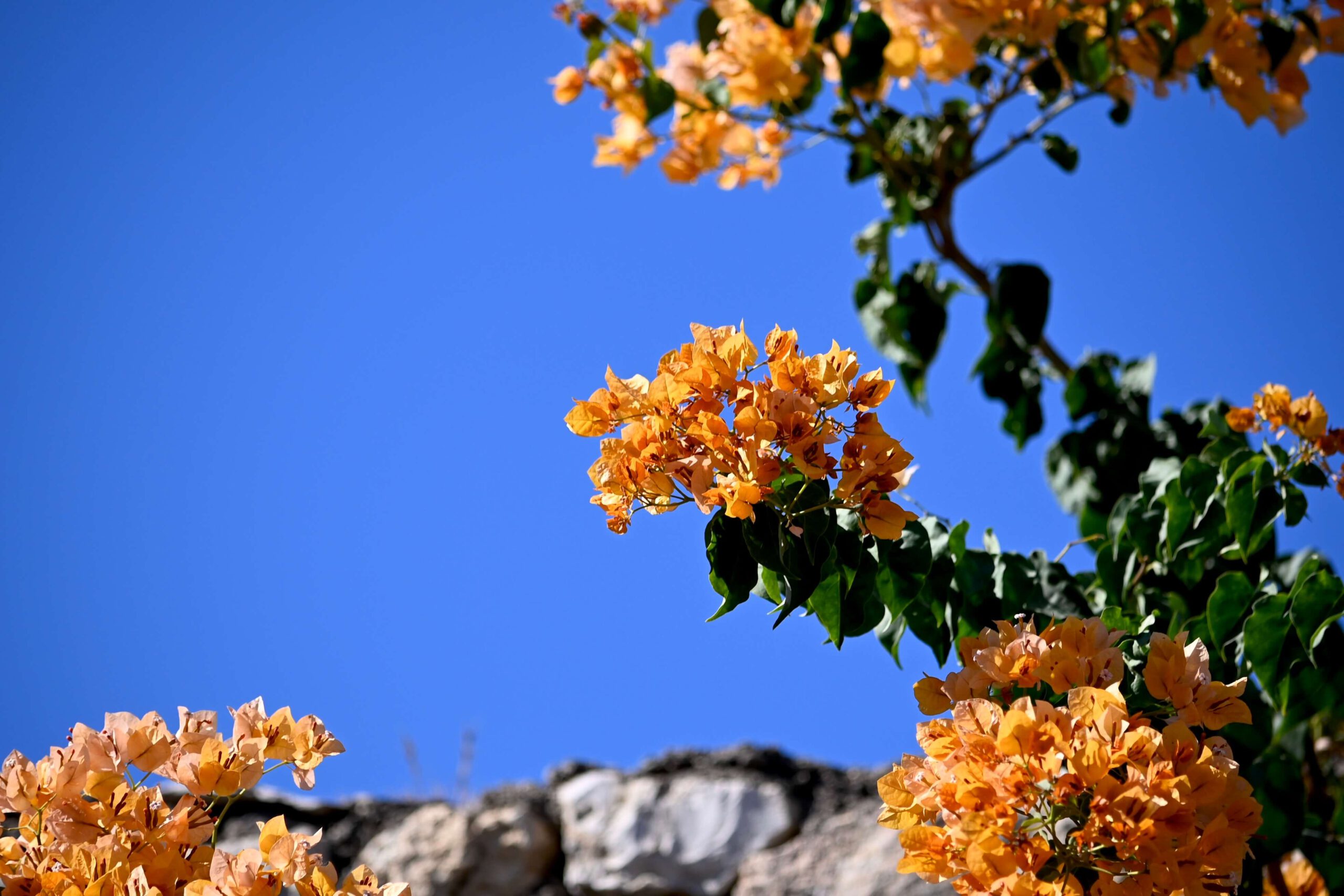
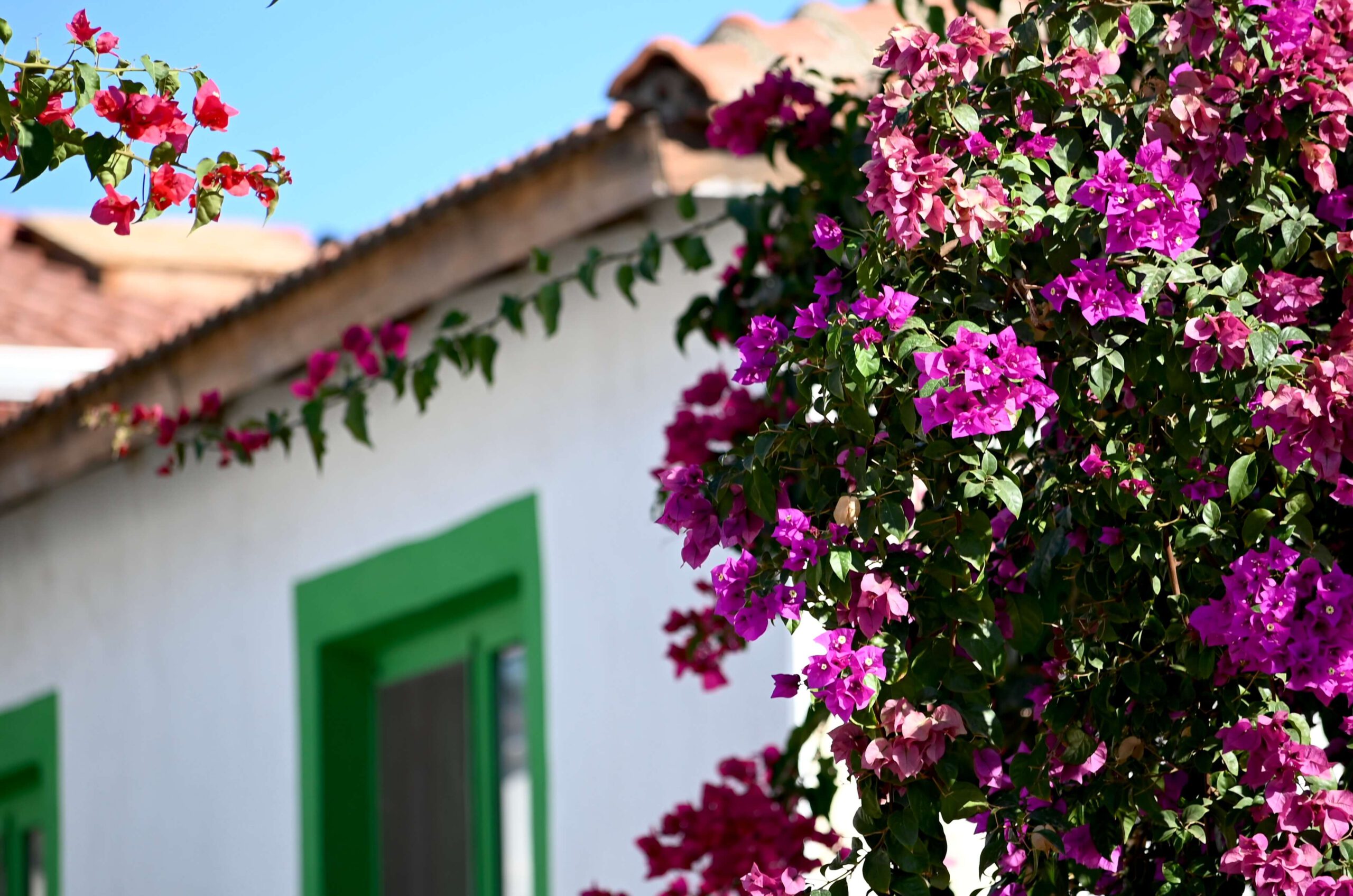
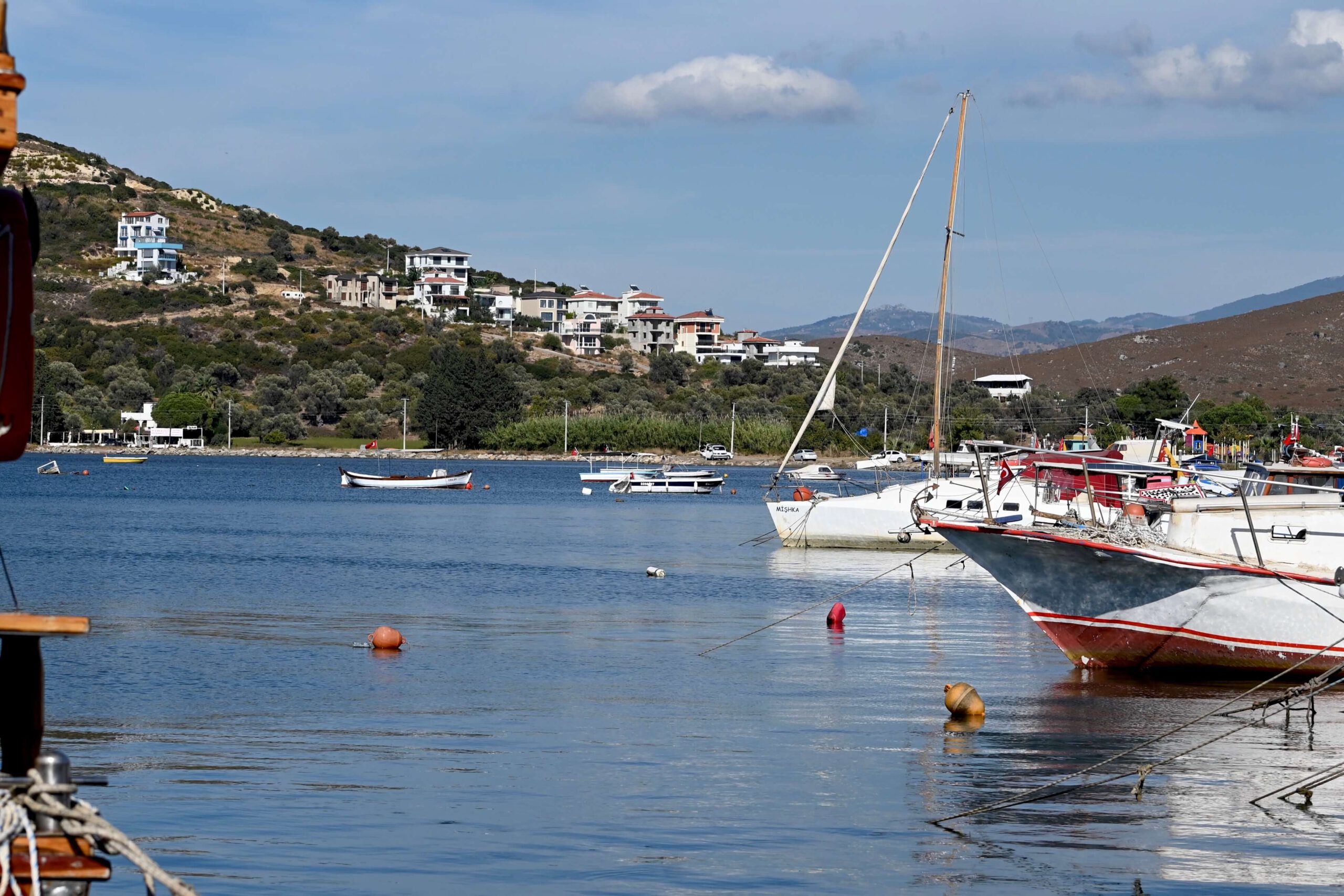
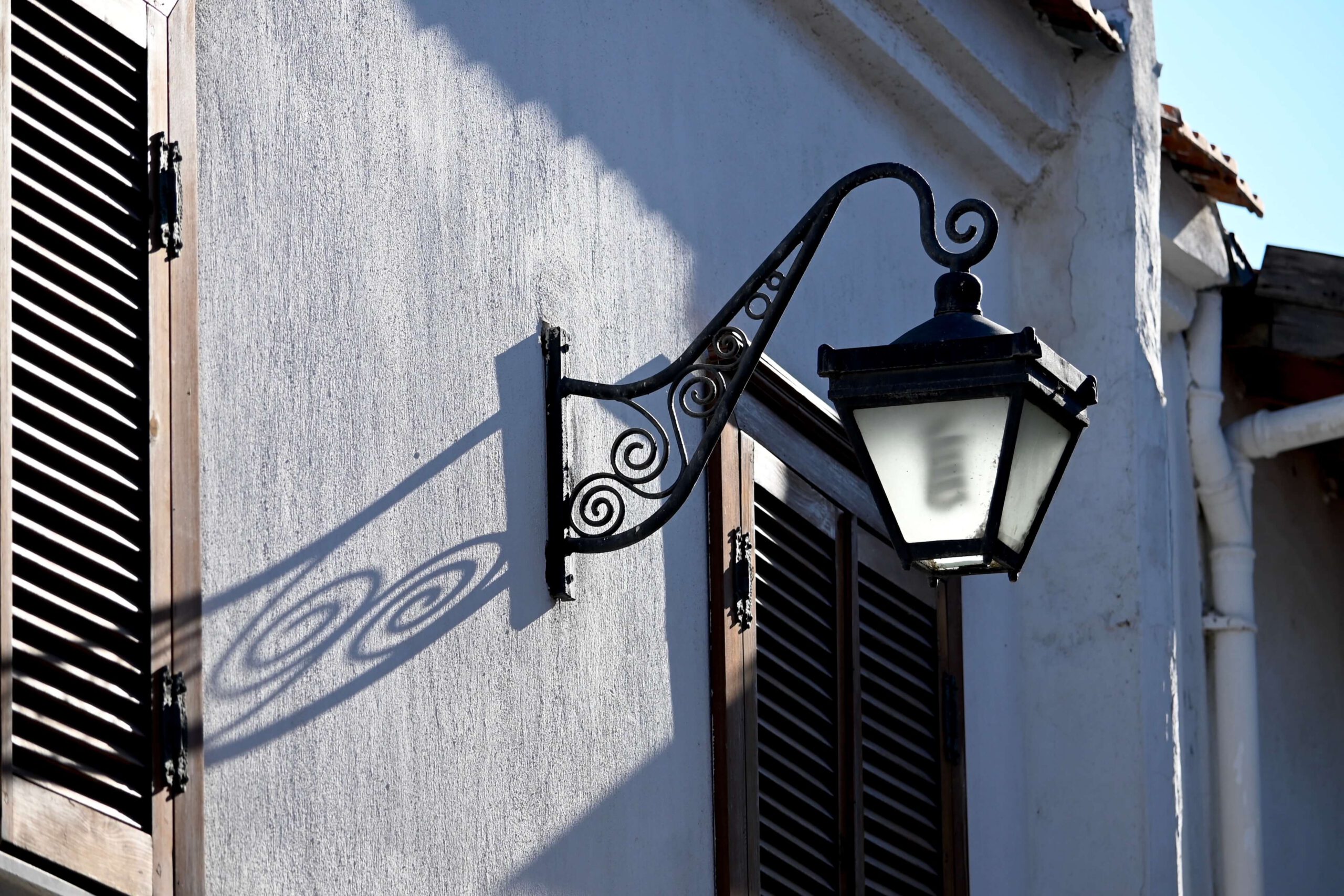
Du muss angemeldet sein, um einen Kommentar zu veröffentlichen.